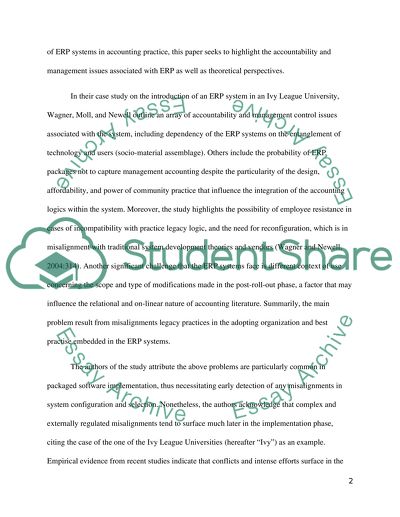Cite this document
(“Integration of ERP Systems in Accounting Practice Essay”, n.d.)
Retrieved from https://studentshare.org/finance-accounting/1396290-sociomaterial-perspective-and-the-integration-of
Retrieved from https://studentshare.org/finance-accounting/1396290-sociomaterial-perspective-and-the-integration-of
(Integration of ERP Systems in Accounting Practice Essay)
https://studentshare.org/finance-accounting/1396290-sociomaterial-perspective-and-the-integration-of.
https://studentshare.org/finance-accounting/1396290-sociomaterial-perspective-and-the-integration-of.
“Integration of ERP Systems in Accounting Practice Essay”, n.d. https://studentshare.org/finance-accounting/1396290-sociomaterial-perspective-and-the-integration-of.


